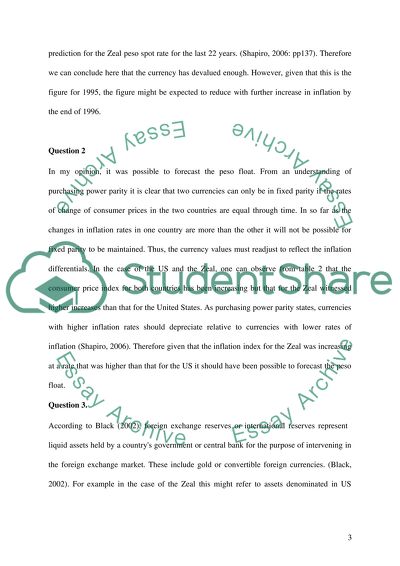Cite this document
(The Balance of Payments for the Zeal and the International Reserves Case Study, n.d.)
The Balance of Payments for the Zeal and the International Reserves Case Study. Retrieved from https://studentshare.org/finance-accounting/1534617-case-study-on-the-zeal-peso
The Balance of Payments for the Zeal and the International Reserves Case Study. Retrieved from https://studentshare.org/finance-accounting/1534617-case-study-on-the-zeal-peso
(The Balance of Payments for the Zeal and the International Reserves Case Study)
The Balance of Payments for the Zeal and the International Reserves Case Study. https://studentshare.org/finance-accounting/1534617-case-study-on-the-zeal-peso.
The Balance of Payments for the Zeal and the International Reserves Case Study. https://studentshare.org/finance-accounting/1534617-case-study-on-the-zeal-peso.
“The Balance of Payments for the Zeal and the International Reserves Case Study”, n.d. https://studentshare.org/finance-accounting/1534617-case-study-on-the-zeal-peso.


